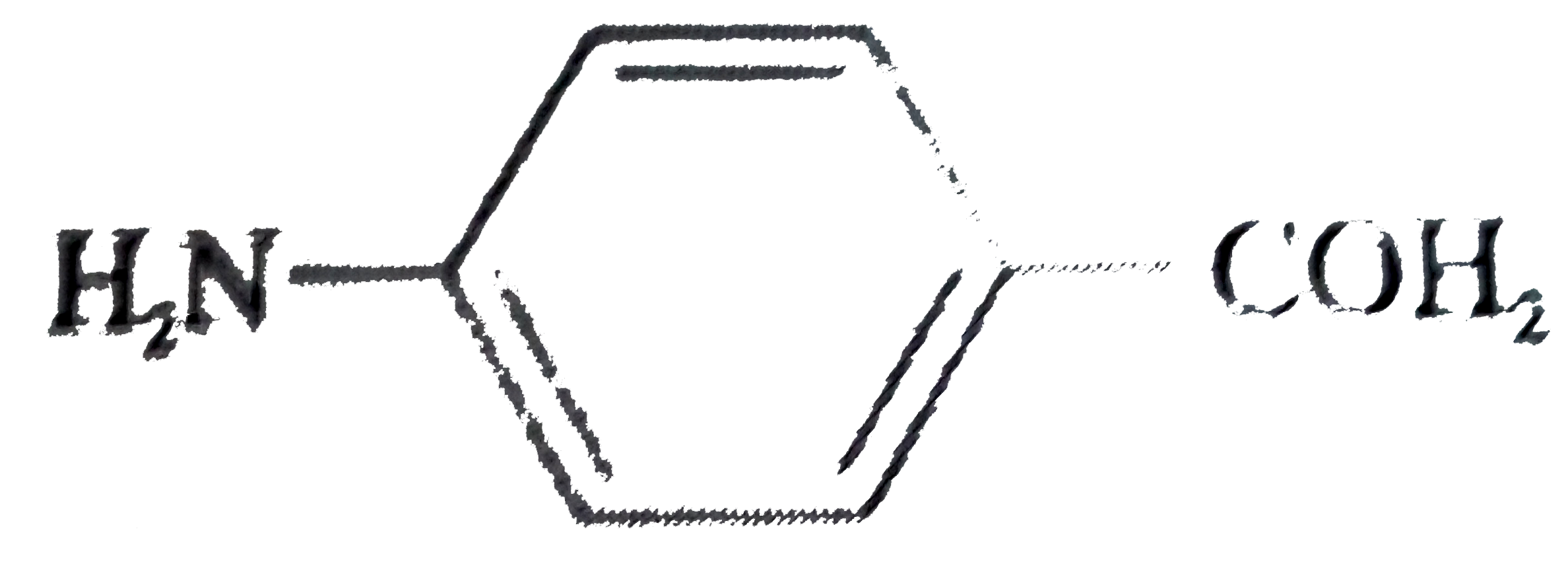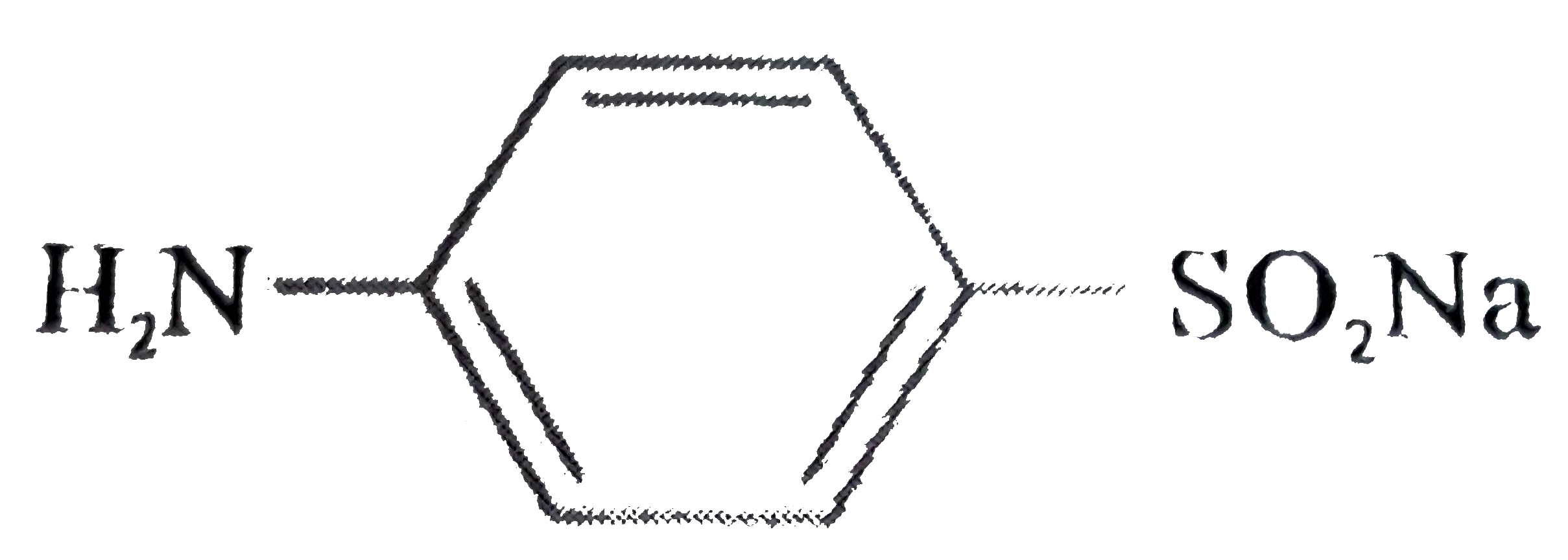Three students, Manish Ramesh and Rajni were determining the extra elements present in an organic compound given by their teacher. They prepared the Lassaigne's extract (L.E.) independently by the fusion of the compound with sodium metal. Then they added solid FeSO4 and dilute sulphuric acid to a part of Lassaigne's extract. Manish and Rajni obtained prussian blue colour but Ramesh got red colour. Ramesh repeated the test with the same Lassaigne's extract, but again got red colour only. They were surprised and went to their teacher and told him about their observation. Teacher asked them to think over the reason for this. Can you help them by giving the reason for this. observation. Also, write the chemical equations to explain the formation of compounds of different colours.
To understand the observations made by Manish, Ramesh, and Rajni, we need to analyze the results of their tests on the Lassaigne's extract (L.E.) and the reactions that occur when they add FeSO₄ and dilute sulfuric acid.
1. Preparation of Lassaigne's Extract:
- The students prepared the Lassaigne's extract by fusing the organic compound with sodium metal. This process helps to convert any nitrogen, sulfur, or halogens present in the organic compound into their respective sodium salts.
2. Testing with FeSO₄ and Dilute Sulfuric Acid:
- They added solid FeSO₄ and dilute sulfuric acid to the Lassaigne's extract. This test is typically used to detect the presence of nitrogen (N) in the form of sodium cyanide (NaCN) or sodium thiocyanate (NaSCN).
3. Observation of Colors:
- Manish and Rajni: They observed a Prussian blue color, which indicates the presence of nitrogen in the form of sodium cyanide (NaCN). The reaction can be represented as:
NaCN+FeSO4+H2SO4→Fe(CN)2+Na2SO4+H2O(Prussian blue)
- Ramesh: He observed a red color, which suggests the presence of iron(II) thiocyanate (Fe(SCN)₂⁺). This can happen if there is sulfur present in the compound, forming sodium thiocyanate (NaSCN). The reaction is:
NaSCN+FeSO4+H2SO4→Fe(SCN)2++Na2SO4+H2O(Red color)
4. Conclusion:
- The difference in observations can be attributed to the presence of different elements in the organic compound. Manish and Rajni's compound likely contained nitrogen, while Ramesh's compound contained sulfur, leading to the formation of different colored complexes.
Chemical Equations:
- For Prussian blue formation (indicating nitrogen):
NaCN+FeSO4+H2SO4→Fe(CN)2+Na2SO4+H2O
- For red color formation (indicating sulfur):
NaSCN+FeSO4+H2SO4→Fe(SCN)2++Na2SO4+H2O
- The students prepared the Lassaigne's extract by fusing the organic compound with sodium metal. This process helps to convert any nitrogen, sulfur, or halogens present in the organic compound into their respective sodium salts.
- They added solid FeSO₄ and dilute sulfuric acid to the Lassaigne's extract. This test is typically used to detect the presence of nitrogen (N) in the form of sodium cyanide (NaCN) or sodium thiocyanate (NaSCN).
- Manish and Rajni: They observed a Prussian blue color, which indicates the presence of nitrogen in the form of sodium cyanide (NaCN). The reaction can be represented as:
NaCN+FeSO4+H2SO4→Fe(CN)2+Na2SO4+H2O(Prussian blue)
- Ramesh: He observed a red color, which suggests the presence of iron(II) thiocyanate (Fe(SCN)₂⁺). This can happen if there is sulfur present in the compound, forming sodium thiocyanate (NaSCN). The reaction is:
NaSCN+FeSO4+H2SO4→Fe(SCN)2++Na2SO4+H2O(Red color)
- The difference in observations can be attributed to the presence of different elements in the organic compound. Manish and Rajni's compound likely contained nitrogen, while Ramesh's compound contained sulfur, leading to the formation of different colored complexes.
- For Prussian blue formation (indicating nitrogen):
NaCN+FeSO4+H2SO4→Fe(CN)2+Na2SO4+H2O
NaSCN+FeSO4+H2SO4→Fe(SCN)2++Na2SO4+H2O
Topper's Solved these Questions
- BOOK - PRADEEPCHAPTER - ORGANIC CHEMISTRY-SOME BASIC PRINCIPLES TECHNIQUESEXERCISE - NCERT EXEMPLAR PROBLEMS WITH ANSWERS, HINTS AND SOLUTIONS (Matching Type Questions)3videos
ORGANIC CHEMISTRY-SOME BASIC PRINCIPLES TECHNIQUES
- BOOK - PRADEEPCHAPTER - ORGANIC CHEMISTRY-SOME BASIC PRINCIPLES TECHNIQUESEXERCISE - NCERT EXEMPLAR PROBLEMS WITH ANSWERS, HINTS AND SOLUTIONS (Assertion and Reason Type Questions)6videos
ORGANIC CHEMISTRY-SOME BASIC PRINCIPLES TECHNIQUES
- BOOK - PRADEEPCHAPTER - ORGANIC CHEMISTRY-SOME BASIC PRINCIPLES TECHNIQUESEXERCISE - NCERT EXEMPLAR PROBLEMS WITH ANSWERS, HINTS AND SOLUTIONS (Multiple Choice Questions - II)7videos
ORGANIC CHEMISTRY-SOME BASIC PRINCIPLES TECHNIQUES
- BOOK - PRADEEPCHAPTER - HYDROGEN EXERCISE - COMPETITION FOCUS (Assertion-Reason Type Questions) Type 215videos
HYDROGEN
- BOOK - PRADEEPCHAPTER - P-BLOCK ELEMENTS (NITROGEN FAMILY)EXERCISE - Competition focus jee(main and advanced)/ medical entrance special) (VIII. Assertion-Reason Type Questions)10videos
P-BLOCK ELEMENTS (NITROGEN FAMILY)
Similar Questions
Knowledge Check
- Question 1 - Select One
In the Lassaigne's test for nitrogen in an organic compound, the Prussian blue colours is obtained due to the formation of:
ANa4[Fe(CN)6]BFe4[Fe(CN)6]3CFe[Fe(CN)6]DFe[Fe(CN)6]6 - Question 2 - Select One
Which of the following organic compound will give red colour in Lassaigne's test?
AC6H5CNB CNH2−O∣∣C−NH2D
CNH2−O∣∣C−NH2D
- Question 3 - Select One
In the Lassaigne's , test the sulphur present in the organic compound first changes into :
ANa2SO3BCS2CNa2SO4DNa2S
In the Lassaigne's test for nitrogen in an organic compound, the Pressian blue colour is obtained due to the formation of :
View SolutionIn Lassaigne’s test, the organic compound is fused with sodium metal so as to
View SolutionIn Lassaigne's test, the organic compound is fused with sodium metal so as to
View SolutionThe prussian blue colour obtained during the test of nitrogen by Lassaigne's test is due the formation of :
View SolutionThe prussian blue colour obtained during the test of nitrogen by Lassaigne's test is due to the formation of:
View Solution

